50 Years of Seat 1430
In 1968, Seat took over the mid-size sedan 124 of the then parent company Fiat from Italy and produced it under license until 1980. However, the Spanish brand wasn’t satisfied with this model. Quickly, the in-house development department set about putting a spin-off with more comfort and higher engine power. This debuted as early as 1969 at the Motor Show in Barcelona as the 1430. This name derived from the slightly rounded displacement of 1,438 cubic centimeters, which had ten additional horsepower compared to the base 124, exactly 70 hp. Four years later, the performance increased to 75 hp, while in parallel the offers were extended by the 1430 Especial 1600 with 1.6 liters of displacement and 95 hp. Compared to the 124, the 1430 received dual headlights and modified rear lights. In addition to the four-door sedan, there was also a station wagon called ‘5 puertas’ (5 doors) available.
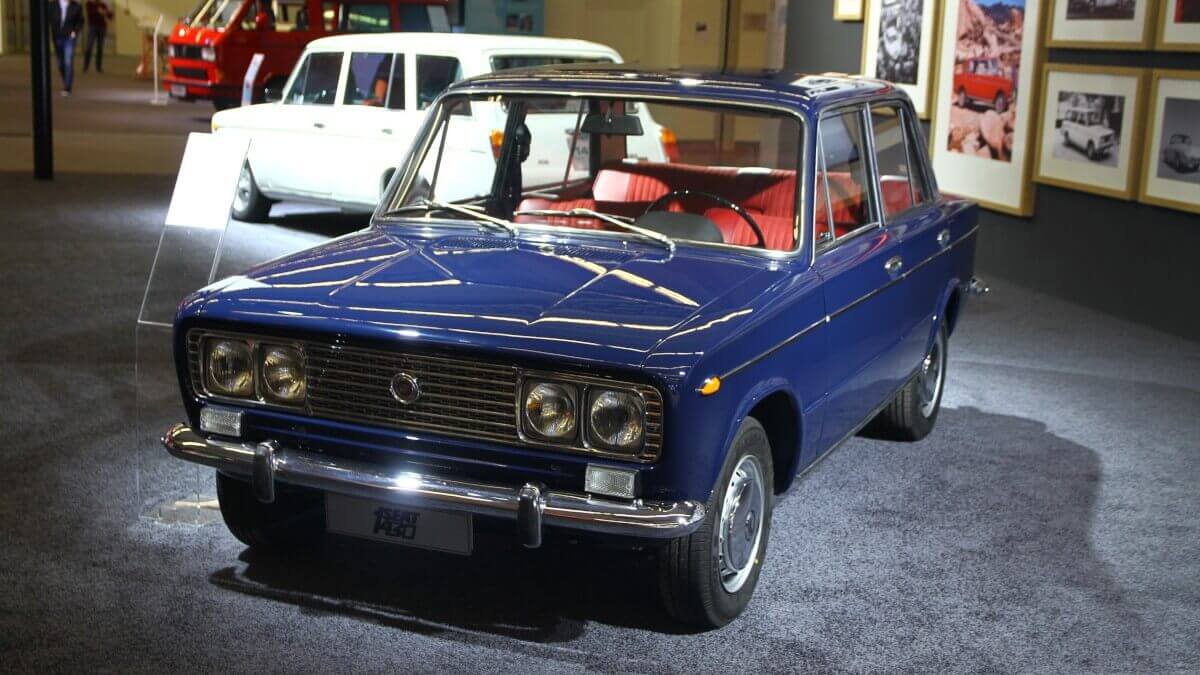



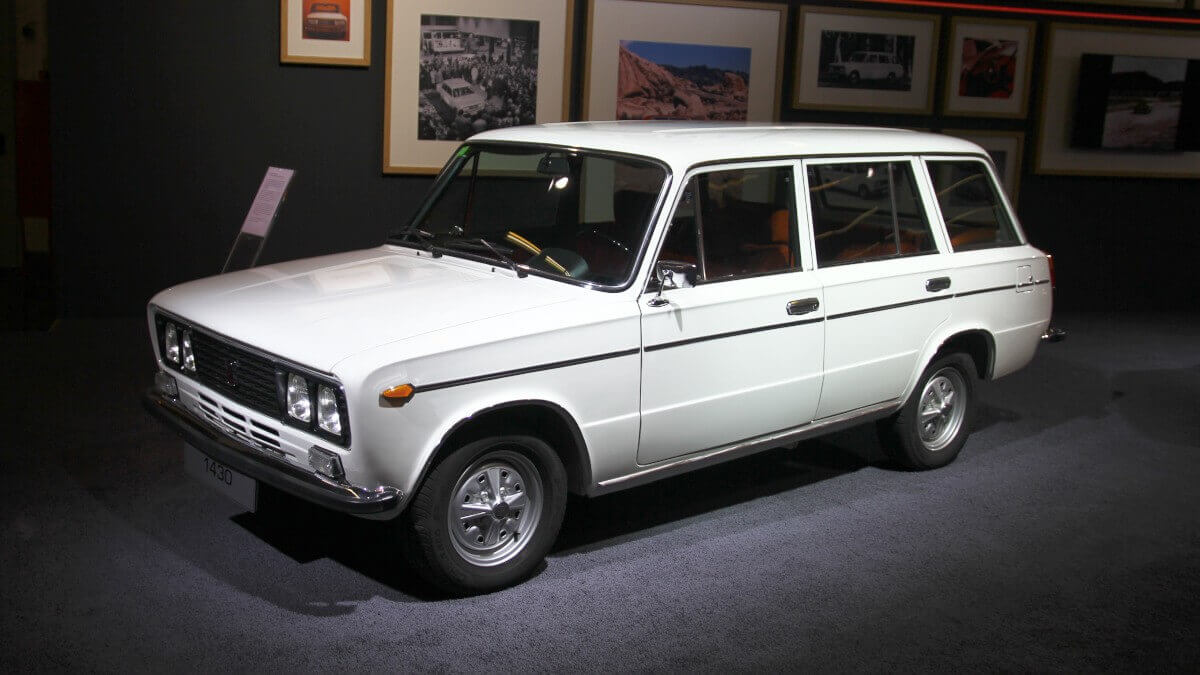



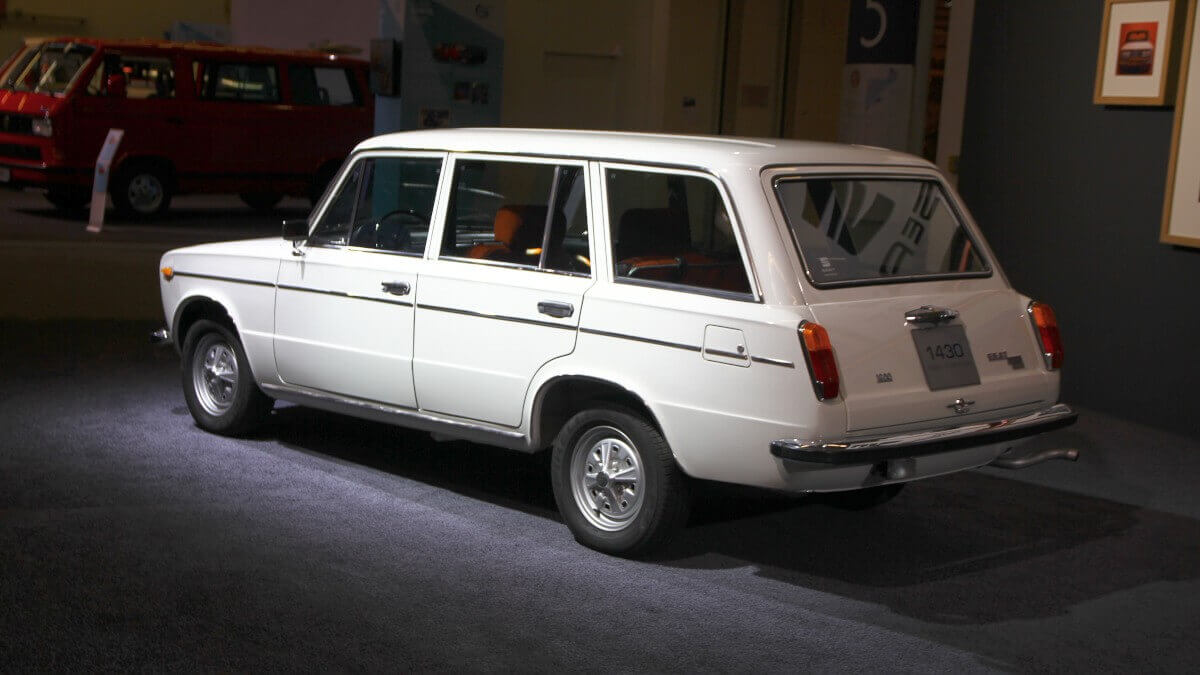



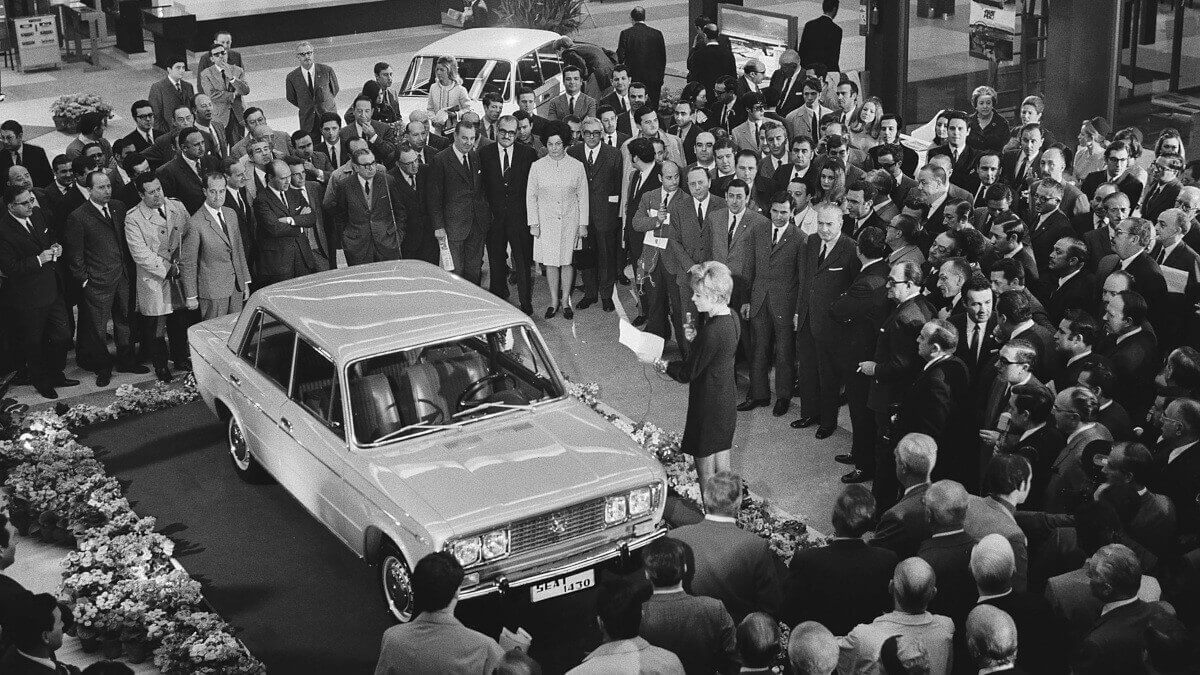



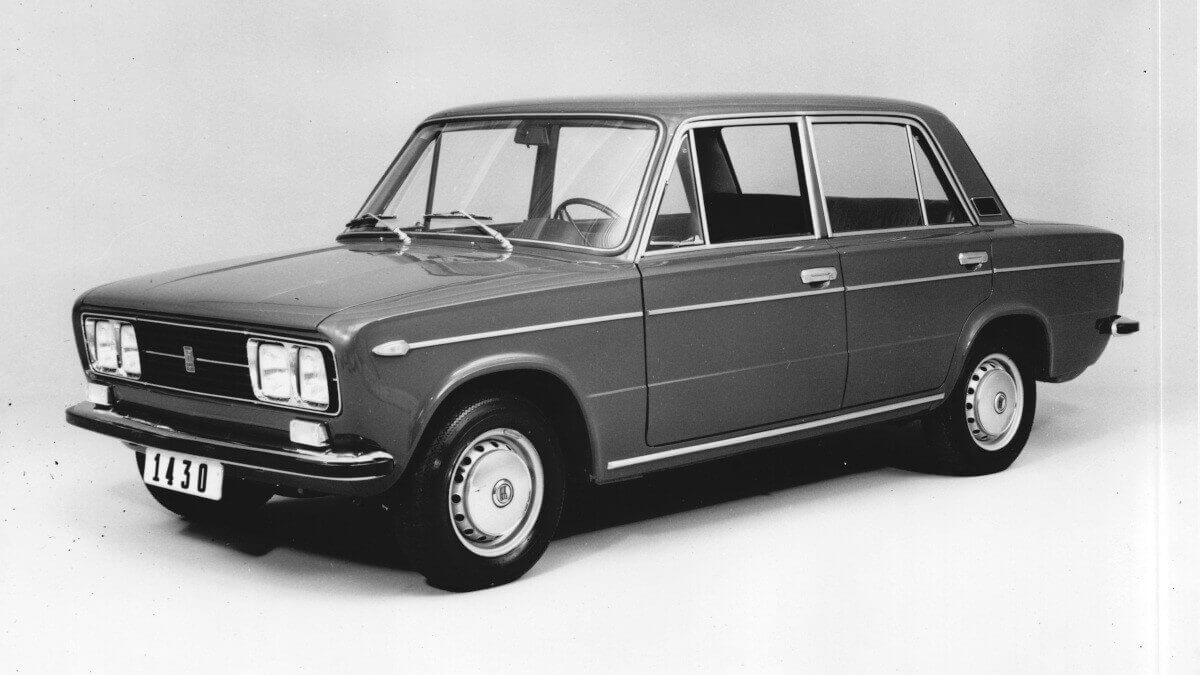



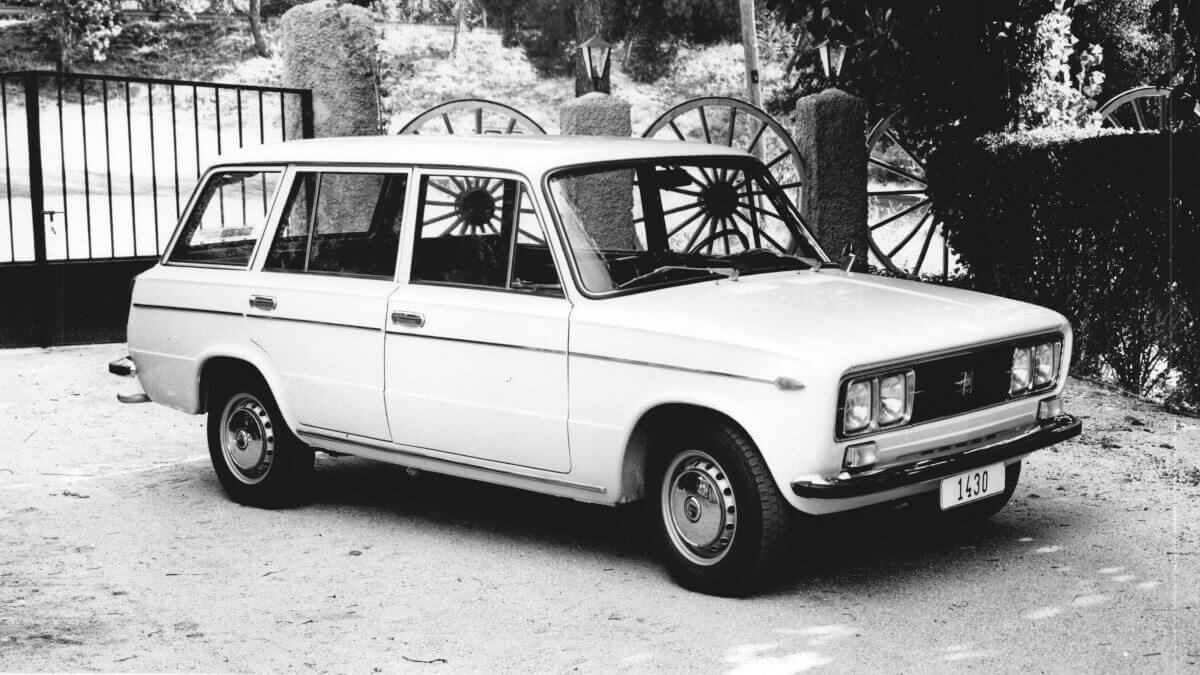



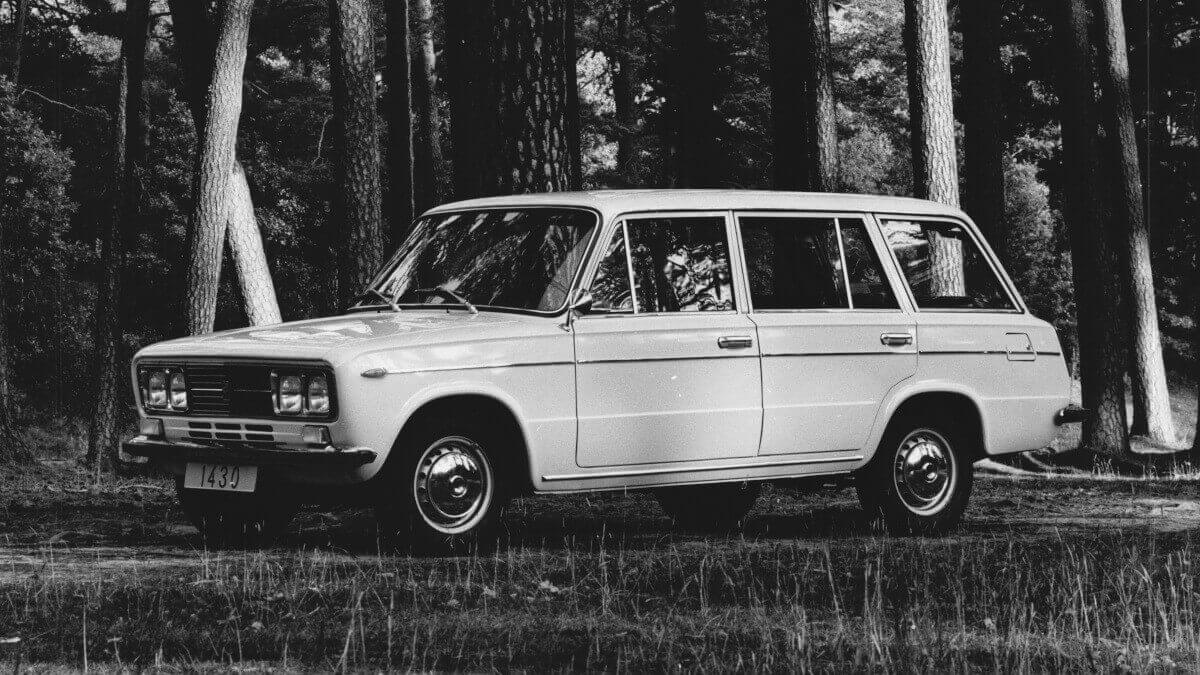



In 1976, the production of the Seat 1430 ended with the introduction of the large facelift of the 124, which was internally developed under the name ‘Pamplona’ and finally arrived the dealers as the ‘124 Especial’. In the meantime, more than 255,000 copies of the 1430 had left the production lines. Next to Spanish drivers, also some rally drivers were very happy with this car. Seat achieved four Spanish rally championships with it and also had some success internationally, for example at the Rally Cyprus, RAC Rally or the 24 Hours of Ypres in Belgium. In addition, in 1970 the Formúla Seat 1430 was born in Spain, using monoposto race cars with the engine of the 1430. Inside the brand, the 1430 Especial 1600 5 puertas is regarded as the classic predecessor of today’s Cupra Leon ST. For the first time in brand’s history, a practical, five-seater estate car gained an engine with neat power. 95 hp hit a curb weight of only 980 kilograms, which allowed a topspeed of 105 mph. However, this sports suit was too far ahead of its time, which is why only 852 copies were sold.
Images: Seat, Matthias Kierse




